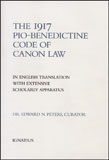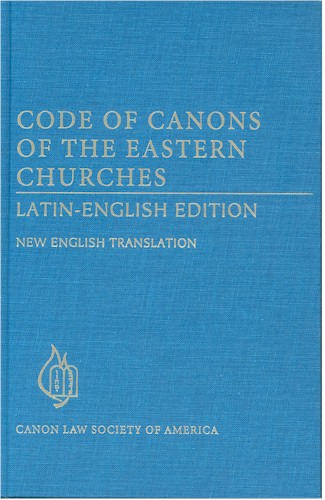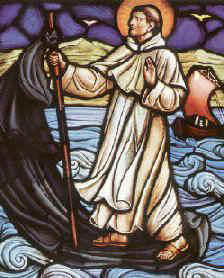Clerical continence and
clerical celibacy are, as I have taken great pains to
make clear, distinct issues, but they obviously overlap
in certain respects; eventually, questions about one
will occasion questions about the other.
Because my recent
postings on diaconal (and a fortiori
presbyteral) continence might lead to a more systematic
examination of how the ordination of tens of thousands
of married men to the diaconate (and of scores of
married men to the priesthood) is impacting
wider
questions of clerical discipline in the West, I take
this opportunity to post, with the kind permission of
the editors at Chicago Studies, a searchable
PDF of an article I recently published there on this
question,
“Diaconal Categories and Clerical Celibacy”.
In the Chicago Studies article I make four main points.
1. After establishing that the adjectives “permanent” and
“transitional” are poor indicators of diaconal identity,
I demonstrate that, when these two apparently
contrasting terms are applied to the diaconate,
they give the mistaken impression that there are many more
differences between the 'two kinds of
diaconates' than really exist.
2. I suggest that the ordination of tens of thousands of married
men to the diaconate (and of scores of married men to
the priesthood) has occasioned a “crisis”
(in the Greek sense of the word, as in, 'arriving at a time for
important decisions') regarding the future of clerical celibacy
in the Roman Church.
3. Next, assuming that the West desires to preserve and promote the gift of
clerical celibacy, I offer five concrete
suggestions for the reform of the
diaconate that will reflect the Second Vatican Council's
esteem for it as a "permanent rank of the hierarchy"
while respecting the Council’s openness to calling some
married men to diaconal orders.
4. Finally, for the benefit of those who have not read my
Studia Canonica article on clerical
continence, I suggest some consequences that a renewed
recognition of the obligation of perfect and
perpetual continence among Western clergy, even
married ones, might have for wider questions of clerical
celibacy.




